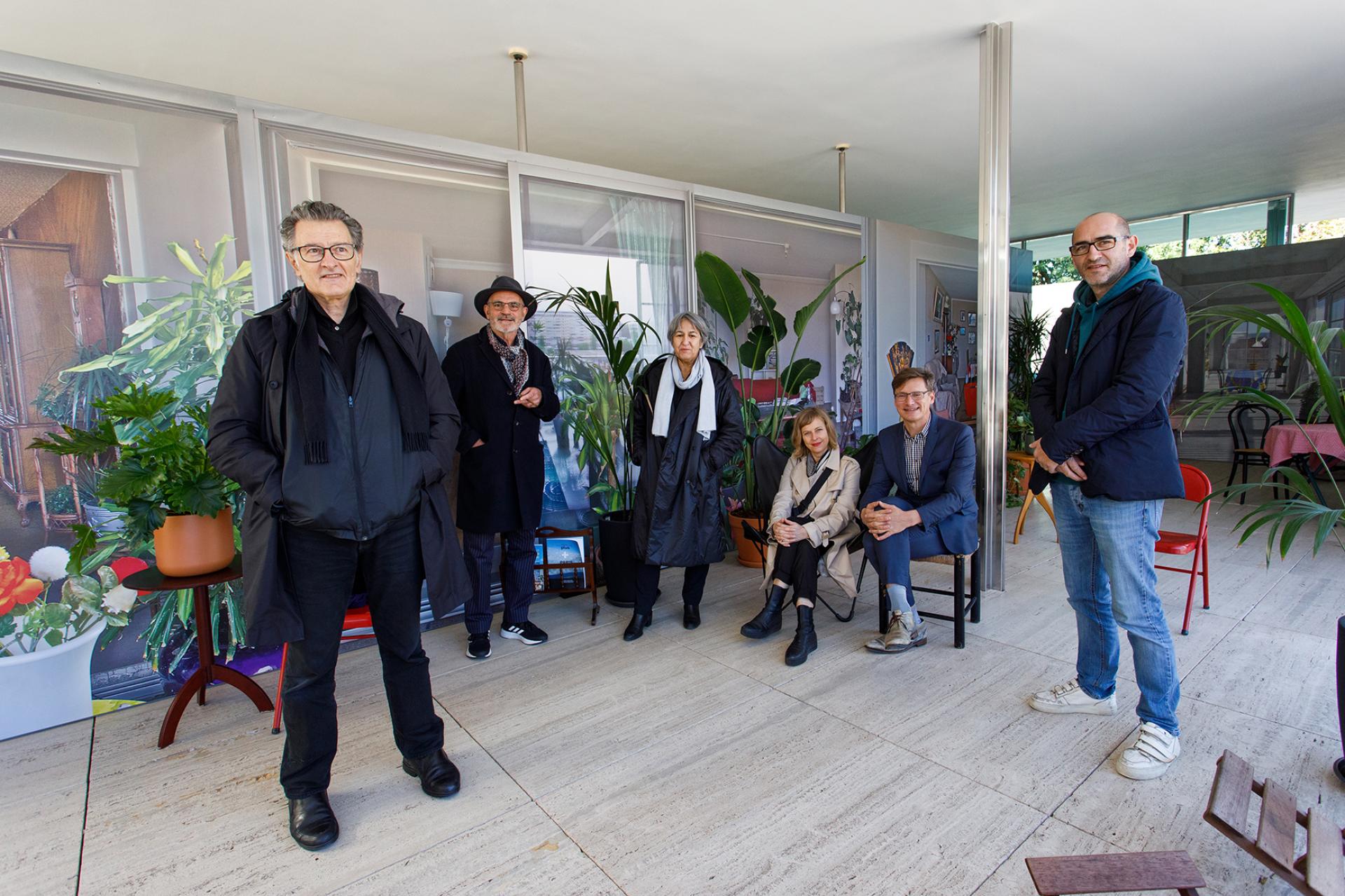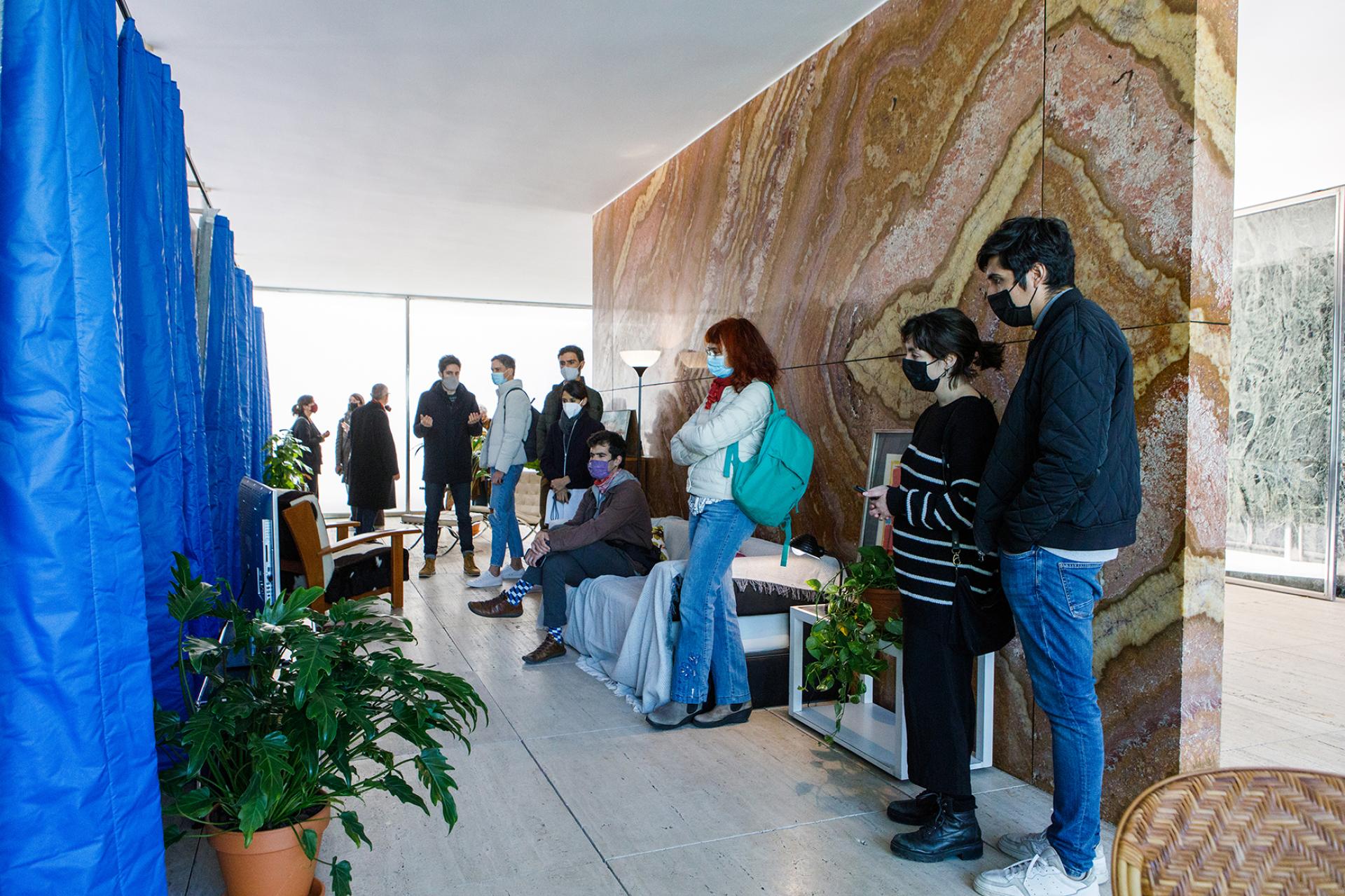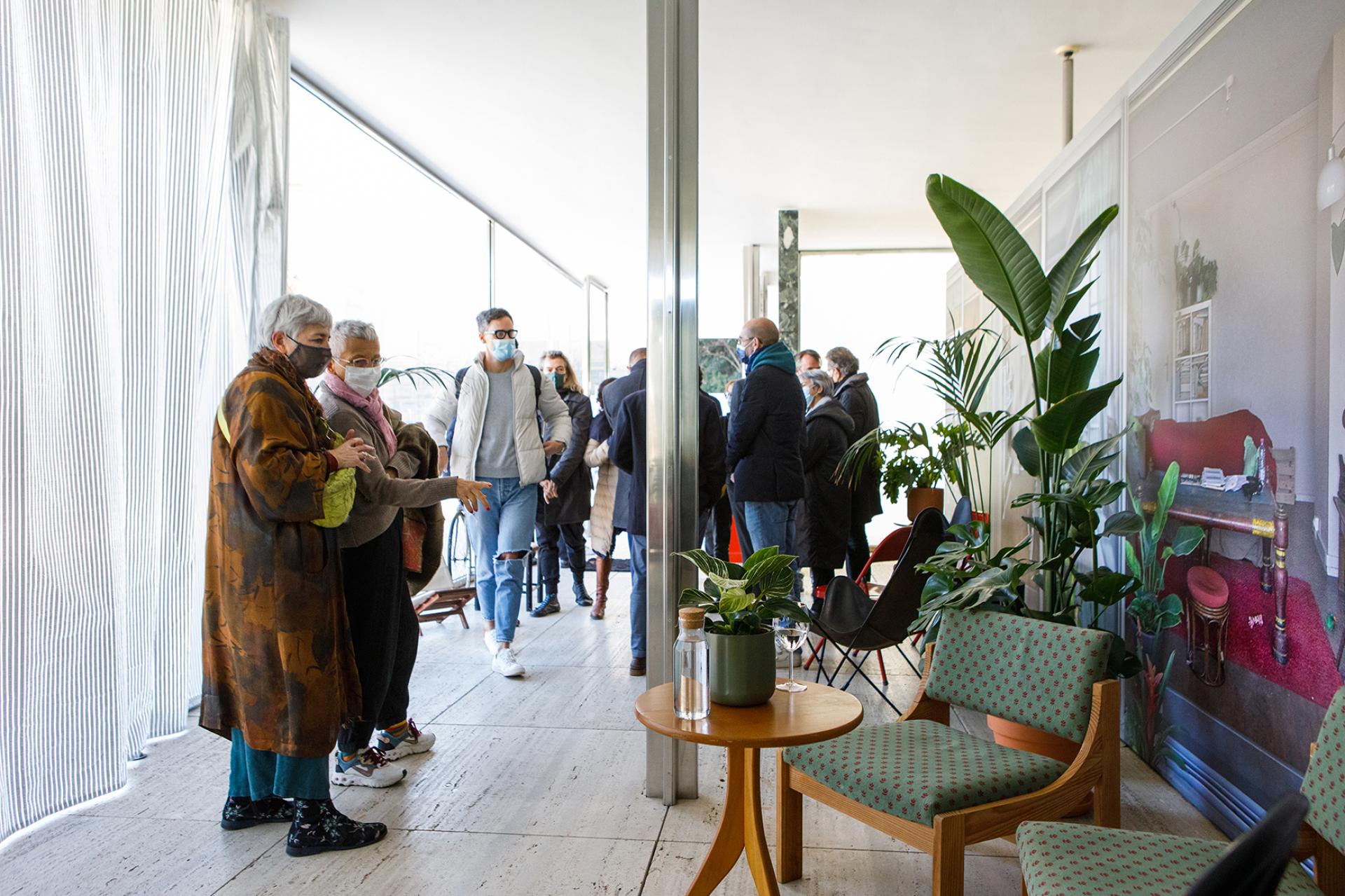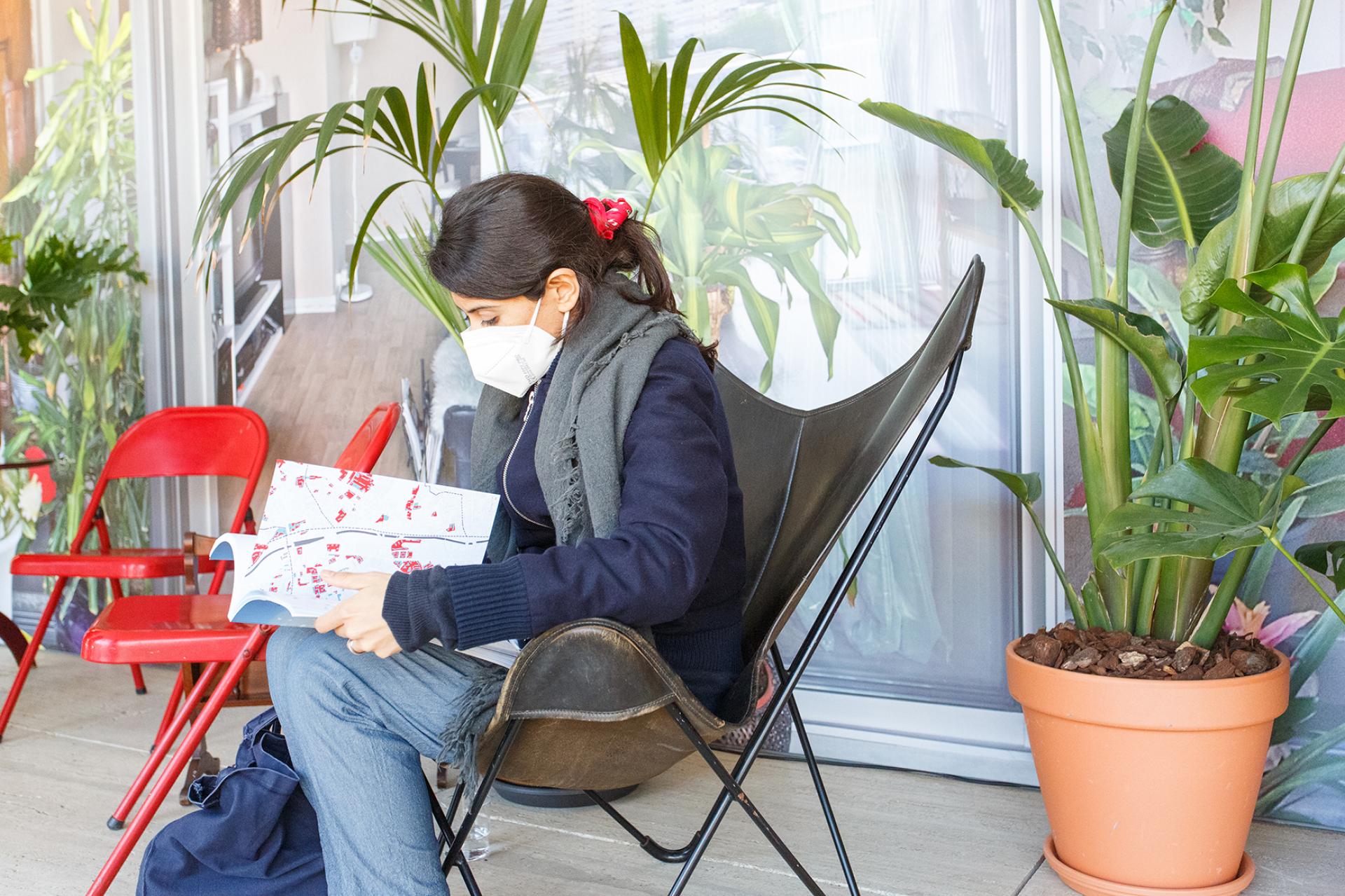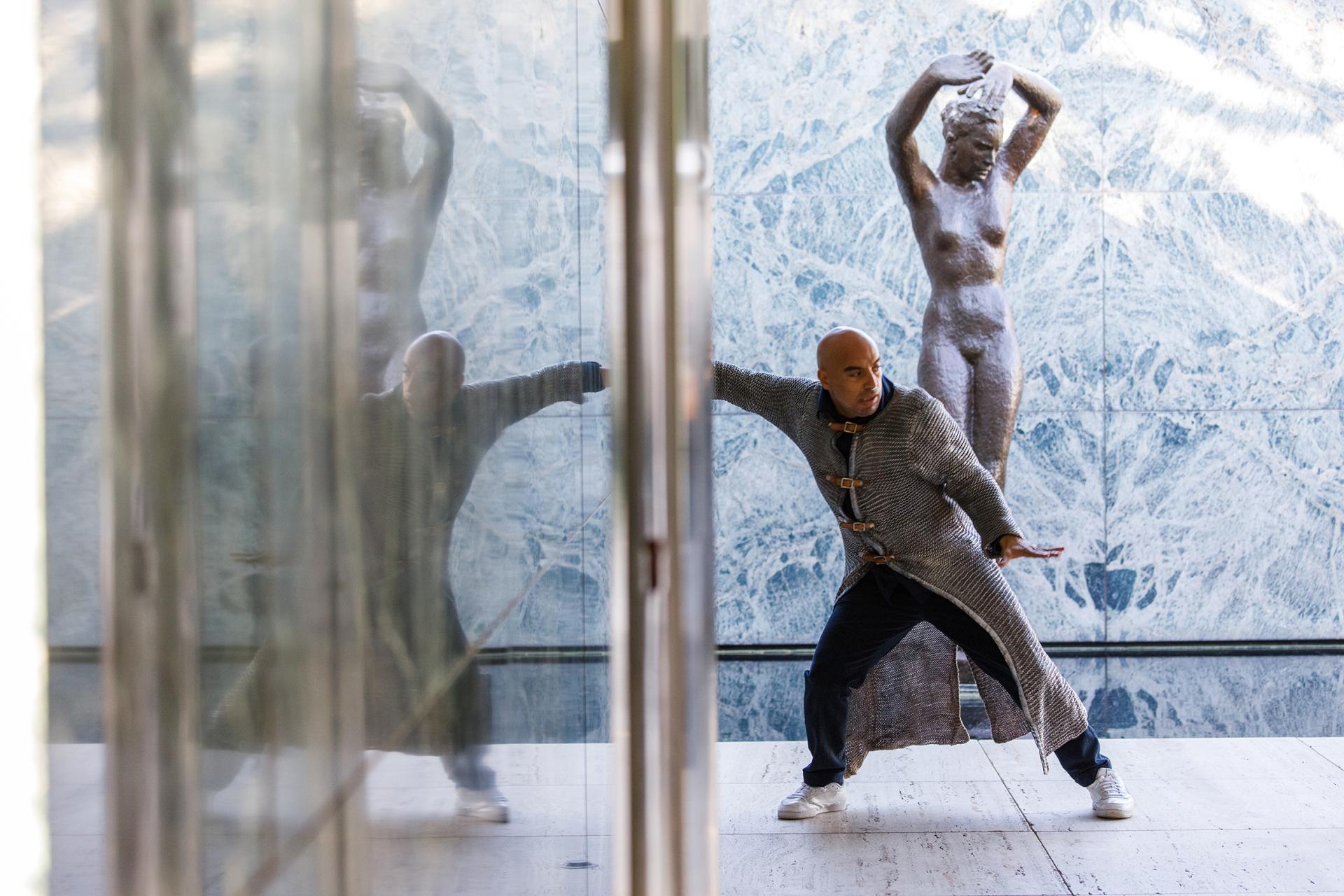Never Demolish
Basic information
Project Title
Full project title
Category
Project Description
The transformation of an iconic building, the Barcelona Pavilion, into a place to live in, an apartment reminiscent of the 530 homes transformed by Lacaton & Vassal, Frédéric Druot and Christophe Hutin in the Grand Parc Bordeaux, becomes the best way to disseminate the role of architecture and the aims of the New European Bauhaus: beautiful | sustainable | together.
Geographical Scope
Project Region
Urban or rural issues
Physical or other transformations
EU Programme or fund
Which funds
Description of the project
Summary
In the 60s and 70s, large-scale housing blocks were built around the world as a solution to meet the need for housing. Five decades later, they are largely considered ideologically outdated, urbanistically failed, and licensed to be demolished. The intervention “Never Demolish” by curators Ilka and Andreas Ruby, which iwas part of the Barcelona Pavilion’s (Fundació Mies vand er Rohe) intervention program, argues that these buildings should have a better second life than the first, through their transformation: expanding and improving the quality of life of the inhabitants. In this context, the Pavilion is transformed into a domestic space reminiscent of the 530 homes transformed by Lacaton & Vassal, Frédéric Druot and Christophe Hutin in the Grand Parc Bordeaux, winner of the European Union Prize for Contemporary Architecture – Mies van der Rohe Award. This transformation of the Pavilion deepens the debate on housing and how the Bordeaux project becomes a model for the social and physical rehabilitation of the housing blocks of the modern movement and its surroundings. An intervention aimed at and equally affecting the inhabitants, architects, urban planners, developers, heritage conservators and politicians.
Key objectives for sustainability
Following the precepts of the original project in Bordeaux - inclusiveness through the total involvement of the dwellers of the 530 apartments, sustainability through the improvement of the living conditions using imagination and clarity, and beauty by making the final result become what each neighbour considered their space should look like - the intervention that transformed the Barcelona Pavilion followed the same principles. All the furniture used to transform the Barcelona Pavilion into a domestic space, an apartment, came from workers of the Fundació Mies van der Rohe so that after their use, they went back and continued having their normal role in these people's lives. The newly-built 10-m-long wall made of wood is being used for the exhibition of a European Prize, the EU Mies Award and the plants were also returned or used to improve the working conditions of the office spaces.
Another key aspect is that this intervention had the aim to disseminate a way to understand circularity which has been strongy praised. The housing in Bordeaux is an excellent example of how to transform and, as the title says, Never Demolish. The intervention was done to explain and share as much as possible this idea of transforming and always reusing.
Key objectives for aesthetics and quality
The iconic Barcelona Pavilion is an example of beauty and aesthetics understood from the use of great materials which make people's visits unconsciously amazing. The marvelous marbles, quality of the coloured glass, steel reflexions adn use of water and light make the space unique. By transforming it into a domestic space and allowing people to feel at home - sitting on the sofa to watch TV, sitting on the chairs and reading, wandering around listening to music - the aesthetics of the palce were changed and magnified, also allowing for each person to change the position of a chair and make it somehow their own space while understanding the importance of transformation as an important way to a sustainable life on the planet. It also explained how the extended space that has been built in the apartments in Bordeaux has an open functionality which means that everybody can determine how they use it. Some people use it as a living room, others to sleep in, or a storage space... A flexible space which covers the needs of temperature control, acoustics and light and ventilation instead of a coating on the facade which would ahve not allowed for the extension of the apartments.
Key objectives for inclusion
The transformation in Bordeaux was done to 530 social dwellings, rented by a huge variety of people. Before the transformation took place, a deep research project called PAris + was done and the neighbours travelled to Paris where a similar intervention had taken place and returned convinced that they wanted the same transformation. Each apartment and dweller was treated personally and a sa community. These aspects were the ones conveyed to visitors in the Barcelona Pavilion, where the decisions were taken between the Berlin curators and the Barcelona team, and also with the possibility that visitors had to move some of the elements and make the space their own. The cost of tearing down the Bordeaux buildings and constructing new apartments would have meant that the price of a new aprtment would have been the same as the transforming of three existing ones. This allowed the authorities to keep the rental price as it was before the transforrmation and also to allow people to continue living inside while the works (that included taking away asbestos), took place. New elavators and a better access to the apartment was also provided. In the intervention, all these key points are explained and by disseminating it in such a clear and 1 to 1 scale way, the main concept was easly understood.
Results in relation to category
Shaping a circular industrial ecosystem and supporting life-cycle thinking
Dissemination in a clear straight forward way is key to reach as many people as possible and also empower them to follow a critical thinking. This artistic intervention in such an iconic place became a fantastic way to share the ideas of sustainability, inclusiveness and beauty with a specific work of architecture, that also empowered people and made them more active. Local authorities have even planned a visit to Bordeaux to better understand the process taken there. The research project called Paris +, is also akey document to udnerstand different ways to transform and not demolish existing housing estates.
How Citizens benefit
In the case of the specific intervention in the Barcelona Pavilion, what was highlighted was the original invovlemtn of the inhabitants and local policymakers, while the intervention itself was done as a team work between the different people involved. The invitation to dancer Hamid Ben Mahi of the Compagnie Hors Serie who grew up in Grand Parc Bordeaux and is well acquainted with the neighborhood also involved the local community from Bordeaux in Barcelona. His dance removed walls and borders, silencing clichés and creating new artistic adventures in every unlikely encounter.
Physical or other transformations
Innovative character
By explaining architecture goals in a 1 to 1 scale way, dissemination becomes easier as it is clearly understood by everybody and the press also has very direct images of what the intervention is speaking about. It is also a way to combine differnt fields, from landscaping to dance and design and architecture, which also attracts many different audiences who all live in places that they can compare to.
Learning transferred to other parties
The results of this intervention are a stronger knowledge of what we can do as citizens to improve our environment. The intervention can be adapted to toher places to explain the ideas, in a simialr way that the original transforamtion project in Bordeaux can also be applied in other contexts. Both interventions, at different scales, can easily be shared with other parties at different levels, from the political context and decision making, to construction companies and citizens, from bottom up to same level decision taking.

